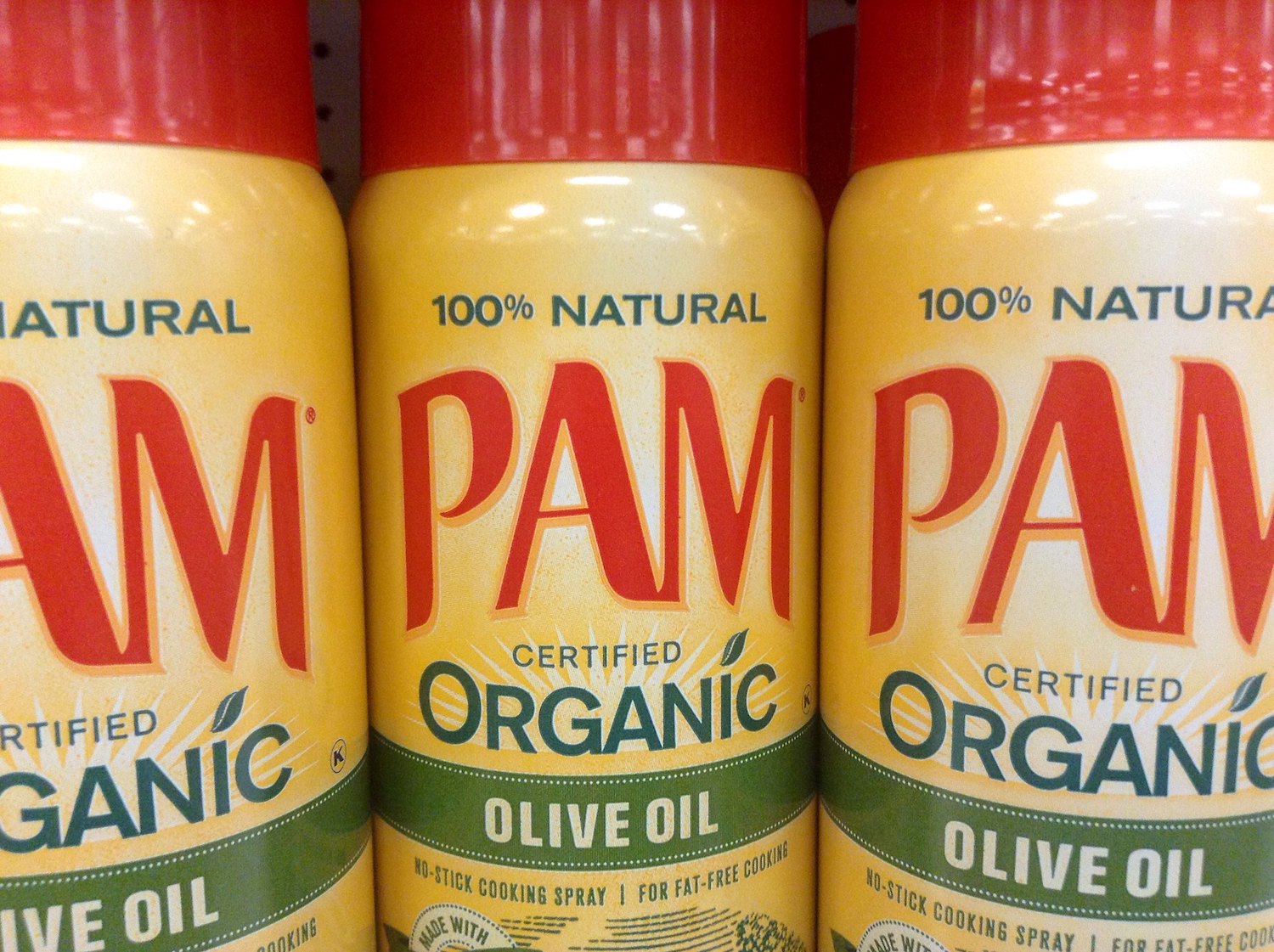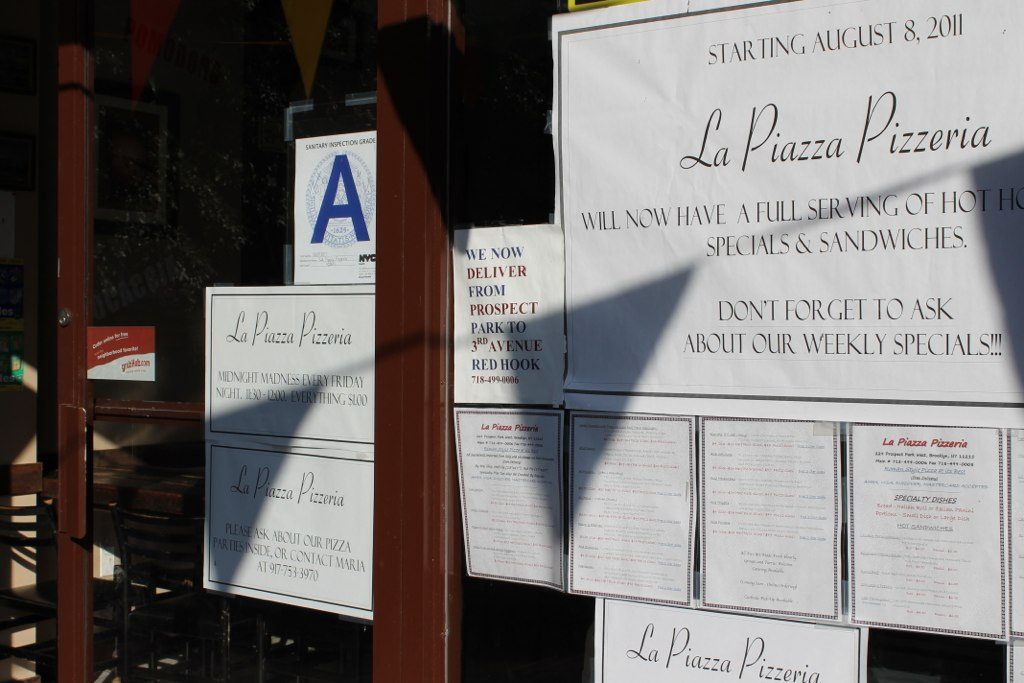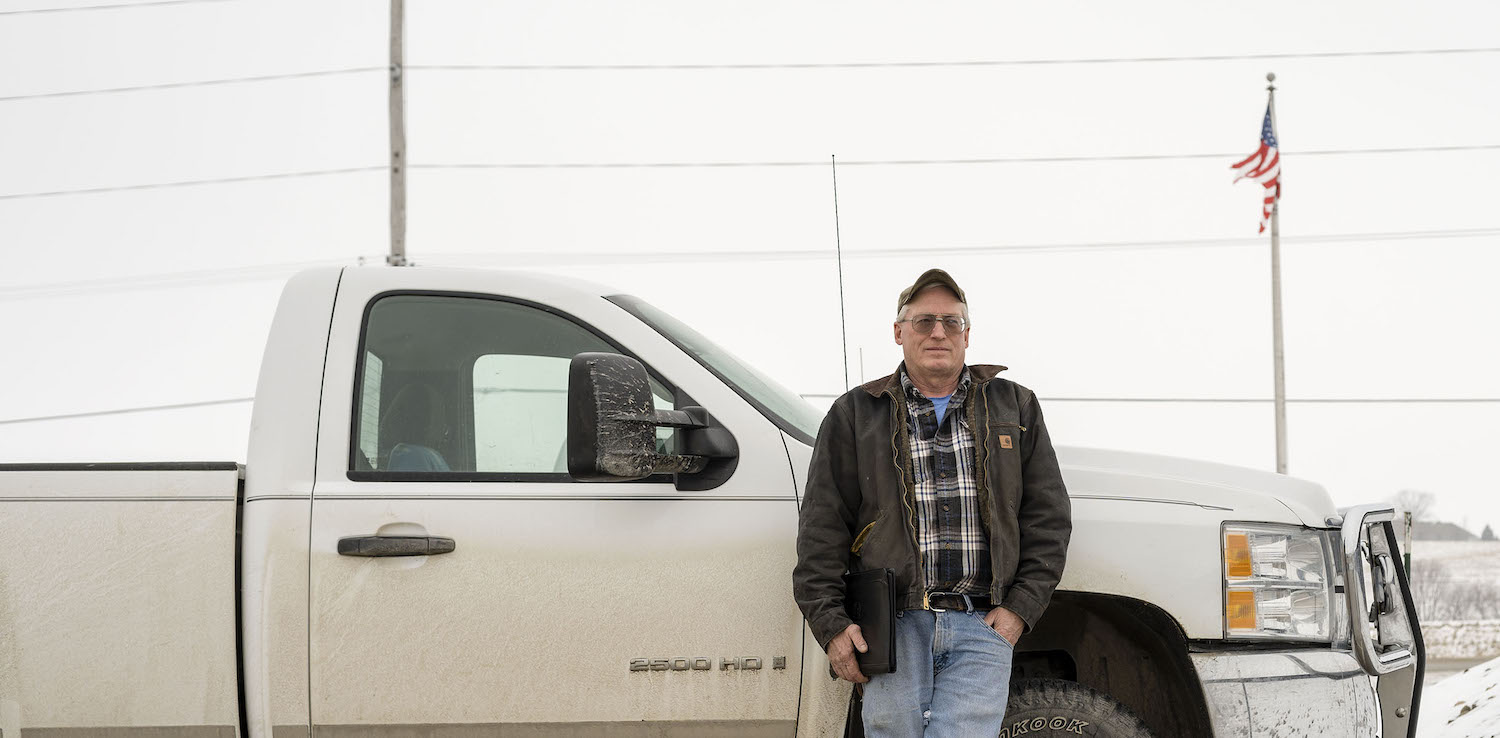Seventeen new lawsuits were filed against Conagra this week, alleging that its cooking sprays—PAM being the most popular—are prone to spontaneously starting fires. The lawsuits, filed in Illinois state court, said the Chicago-based food giant is to blame for dozens of fires in restaurants, home kitchens, and cookouts over the last several years.
All told, Conagra and DS Containers—which manufacture the cans for the sprays—have been sued 33 times this year over the allegedly defective products, according to Law360. The first round of lawsuits, filed by eight plaintiffs in May, alleged that they suffered third-degree burns, disfigurement, and blindness, due to spray cans that exploded while they were cooking. Conagra denies it is at fault.
The alleged victims say the fires were caused by aerosol spray cans that contain over ten ounces of cooking oil, which Conagra began selling in 2011. The cans are designed with a venting mechanism to release excess pressure, which can come from being shaken up or subjected to higher temperatures. But the plaintiffs say these vents, visible as U-shaped marks on the bottom of the can, have the unintended side effect of spontaneously releasing its flammable contents.
The alleged incidents are rather gruesome. One plaintiff, Edward Oliver, says he was burned in his home, while cooking with Member’s Mark (a Sam’s Club brand spray), and was placed into a medically induced coma at a burn center in Texas. Another, Larry Mulanax, met a similar fate while cooking with PAM at his home in Missouri. He says he suffered scarring on his arms, hands, and face, and most of his hair was completely burned off.
Last year, a cook named Brandon Cox was working in a restaurant kitchen in South Carolina when a spray can exploded and started a fire. He was severely burned, according to his attorneys. You can watch that happen here. A similar incident occurred in Texas, where twins working in a restaurant were both hospitalized. Both say they have scars and swelling on their arms, hands, and neck, and one received skin grafts. That incident was partially captured in surveillance footage.
“This cooking spray is so common and can be found in almost every kitchen in the U.S.,” Peter J. Flowers, an attorney representing the plaintiffs, said in a statement. “We are urging home cooks and food service professionals to beware and to check those cans in your cabinets and pantries,” presumably to remove them from harm’s way.
These lawsuits appear to be the first major action brought against Conagra, which owns a huge variety of snacks and packaged food brands, over the dangers of its spray cans. This may come as a surprise, because aerosol technology—using pressure to dispense liquid particles—has been around for nearly a hundred years.
First invented by USDA scientists to pressurize insect spray, aerosols came under fire in the 1970s because they contained ozone-depleting chemicals called chlorofluorocarbons. After laws changed, mandating an end to CFC usage, companies turned to substances called propellants. These include natural gasses, compressed gases like nitrous oxide, and extremely flammable materials such as propane and butane.
“The safety of our products and our consumers is always our priority,” said Hare. “When PAM is used correctly, as instructed, it is a safe and effective product … The product has been used for more than 50 years for baking, grilling, and cooking needs of consumers everywhere.” It should be noted that these particular cans of PAM have been used for less than a decade.
For that reason, all PAM cooking sprays come with warning labels stating that the product is flammable. On the back of the spray, users are instructed not to leave the can on a stove or near a heat source, not to spray near an open flame, and not to store the can somewhere hotter than 120 degrees.
Earlier this year, Conagra stopped making the vented spray cans with the allegedly faulty design. But the company denies that it’s due to safety. “We redesign packaging in the ordinary course of business, and just as we began utilizing the vented can years ago, we removed it from production … to standardize our cans across the entire aerosol cooking spray product line,” Hare says. But that’s not good enough for the plaintiffs’ lawyers, who point out that “millions of defective cans” are still sitting on shelves at stores like Costco and Walmart, and online at Amazon. They want a recall.
If you’re hooked on sprayable cooking oil, there are alternatives to aerosol, like a “liquid release” version. Think Windex. But, we imagine, the company would try to convince you otherwise, maybe pointing out that the problematic propellants are what make those smooth, consistent sprays. Better living through chemistry—or so they say.











